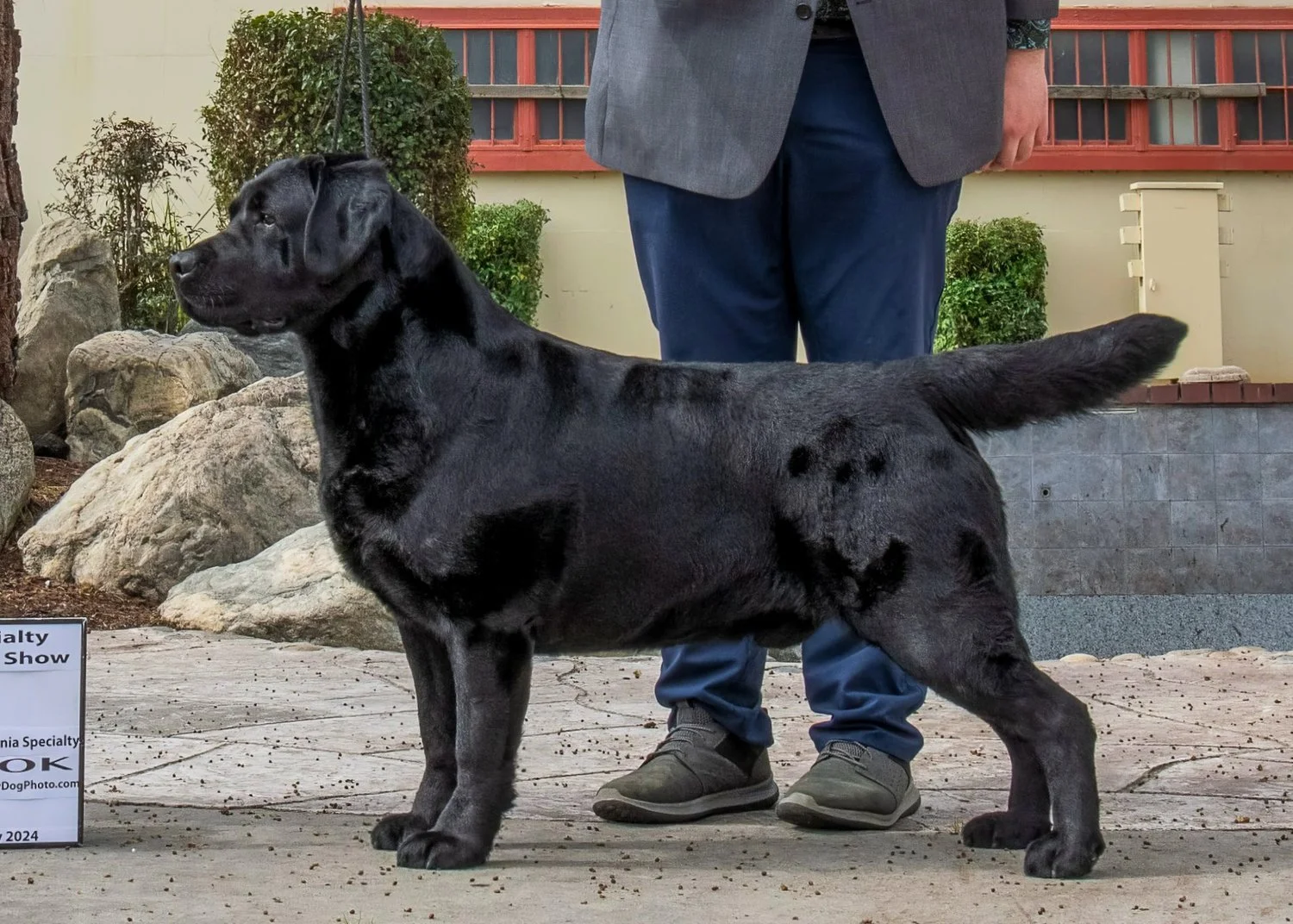Why You Should Get a Labrador
The Labrador Retriever is undoubtedly one of the most beloved dog breeds in the world—and for good reason! Odds are you know someone with a Labrador, as the Labrador has been the number one dog breed in the United States for 31 consecutive years, only being surpassed by the French Bulldog in 2022 and 2023. If you’re contemplating which dog breed would be ideal for you or are already considering a Labrador, this article will hopefully provide you with a deeper insight into the breed and help you determine if this friendly and versatile companion is the right fit for your lifestyle.
The Ideal Family Dog
It’s no exaggeration to say that the Labrador is one of the most versatile breeds in the world. On one hand, Labradors are perfect as couch companions, content to snuggle up with family members for a movie night, and they make calm, incredibly affectionate pets. Their easy-going temperament makes them ideal for families with children, quickly becoming a child’s best friend and loyal playmate. On the other hand, Labradors are always eager for a hike, swim, or a game of fetch, and can even excel as highly skilled hunting dogs. With their sharp minds and strong food motivation, training a Labrador is both enjoyable and rewarding. It's no surprise that Labradors are among the most successful breeds in service dog programs, thanks to their versatility, confidence, and well-balanced temperaments. Beyond their role as service dogs, Labradors are also top choices as bomb detection dogs, therapy dogs, drug-detection dogs, and much more!
The History of the Labrador
The Labrador breed originated in the Labrador Territory, northwest of Newfoundland. The breed made its way to England in the 1800s, where it was officially recognized by the Kennel Club in 1903. In 1917, Labradors were first registered in the United States. The original Labrador dogs were used by fishermen to retrieve fishing nets and fish that had fallen off the hook, showcasing their natural retrieving ability and love of water. In England, the breed was further refined, with a focus on enhancing their skills as hunting dogs, particularly for retrieving game birds. While many breeders continue to emphasize the Labrador's natural retrieving and hunting abilities, there is a growing focus on developing the breed's qualities as a family and service dog. As such, the breed has diverged, and we now distinguish between the so-called English Labrador Retriever and the American Labrador Retriever.
The English Labrador vs the American Labrador
Both English and American Labradors can excel as hunting dogs, thanks to their intelligence, natural retrieving instincts, and strong desire to please their handlers.
The term “American Labrador” often leads to confusion, as it is not related to nationality. Instead, it reflects a divergence within the breed that occurred several decades ago. Some breeders prioritized hunting ability, athleticism, and a strong desire to please, leading to the development of the American Labrador. In contrast, other breeders focused on the Labrador's gentle and affectionate temperament, as well as its characteristic stocky appearance, resulting in the English Labrador. Although both types belong to the same breed, they differ significantly in appearance, temperament, and drive. If you’re seeking a hunting or field trial champion, the American Labrador is your best bet. These dogs are known for their high energy, slim and athletic build, and an innate eagerness to please their handlers. Conversely, if you’re looking for a family pet or a show dog, the English Labrador will be more suitable. These dogs typically exhibit lower energy levels, a calmer demeanor at home, and a more robust and friendly temperament, all while adhering to the AKC standards that qualify them for the show ring.
Appearance and Maintenance of the Labrador
The Labrador Retriever is celebrated for its distinctive stocky build, endearing teddy-bear face, and unique “otter”-tail. The Labrador breed comes in three recognized colors: black, chocolate, and yellow. Yellow Labradors can vary significantly in shade, ranging from almost white to rich golden hues and even deep fox-red tones. One of the Labrador's standout features is its double coat, which consists of a thick, wiry topcoat and a soft, insulating undercoat. This combination provides excellent protection against cold weather and effectively keeps water out, allowing the breed to thrive in various conditions. During winter, the inner coat acts as insulation, while in summer, it helps with cooling. While you should brace yourself for quite a lot of shedding—especially during seasonal coat changes—you won't need to spend a fortune at the groomers. Although regular brushing is recommended to manage shedding and to maintain the health of the coat, the fur of a Labrador does not tangle or mat nor does it require trimming or cutting. On the contrary, it is crucial not to shave a Labrador’s coat, as this removes the essential protective mechanisms against water and weather. As such, keeping your Labrador looking healthy and beautiful is relatively low maintenance.
The Labrador Retriever’s longstanding popularity is no accident. Few dog breeds offer the flexibility and adaptability that the Labrador does. Originally bred for retrieving fish and game-birds, Labradors have expanded their role to become cherished family pets, working dogs, and even show champions. Their loving demeanor, combined with their trainability, makes them a top contender for anyone seeking a loyal and dependable companion. As both the American and English variations of the breed continue to thrive, the Labrador’s versatility will only expand, ensuring its place in households for years to come.










